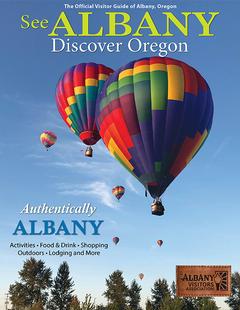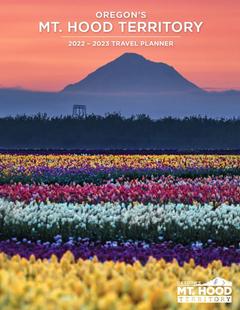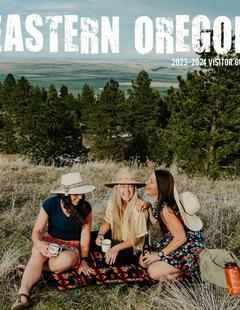Although the beautiful Blue Mountains, ranging along to the west of the Baker City area up and over I-84 into the southeast corner of Washington, offer an abundance of outdoor recreation opportunities, from hikes and horse-back rides to soaks at Lehman Hot Springs and snowy slope action at Anthony Lakes Mountain Resort, they are also notable as what many Oregon Trail emigrants called the most difficult section of the 2,000-mile trail (from Independence, Mo. to Oregon City, Oregon).
The heavily timbered, steeply graded Blue Mountains marked the last major obstacle for pioneers before they entered the grassy, scrubby Umatilla Valley and then either rafted the difficult Columbia or, after 1846, took the Barlow Road. Many emigrant journal accounts record their astonishment at the sight of 200-foot -tall trees and the view from the Blue Mountains Pass of the high volcanic peaks of the Cascade Range.
At several spots along the now busy, motorized thoroughfare of I-84, travelers can stop and step in actual ruts left by the thousands of Oregon Trail wagon trains. Notable viewing spots include Virtue Flat, near the National Oregon Trail Interpretive Center six miles east of Baker City; the Oregon Trail Interpretive Park at the Blue Mountain Crossing off Exit 248 about 12 miles north of La Grande; and off a trail near Deadman Pass, at Exit 228.
Hwy. 86 near Baker City is now commonly a jumping-off spot for Hells Canyon, the deepest river gorge in North America. At the junction where I-84 meets Hwy. 82, La Grande is a gateway to Wallowa Lake and the northern Wallowa Range. Highways 86 and 82 are both part of the Hells Canyon Scenic Byway, an All-American Road.
To learn more about the Blue Mountains area, please select an area of interest from the navigation bar on the left.
















